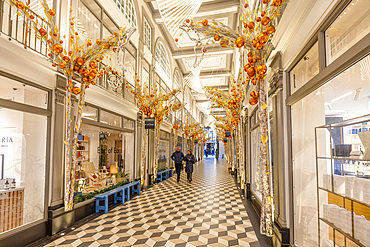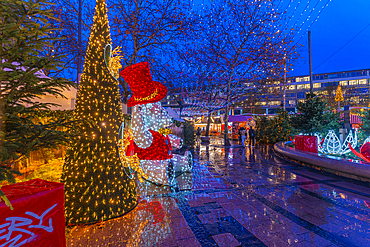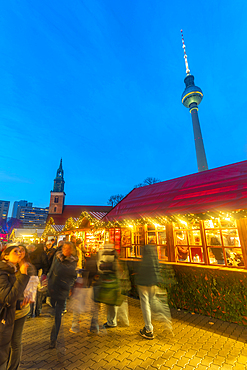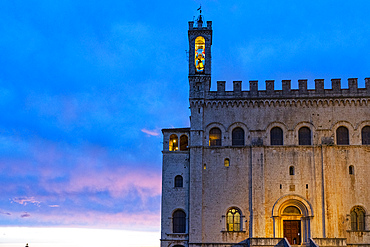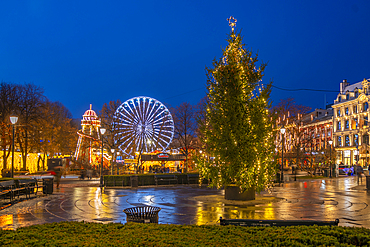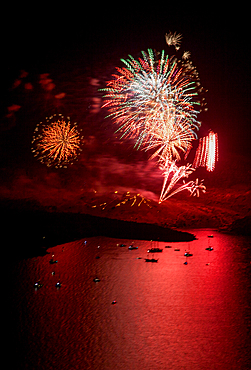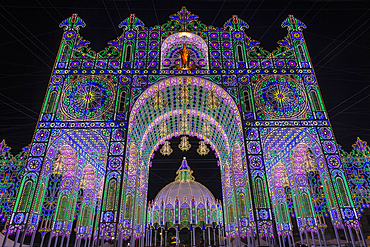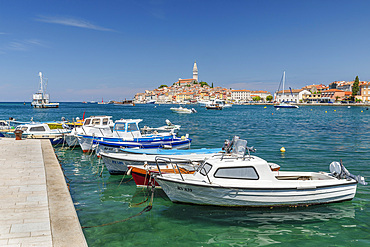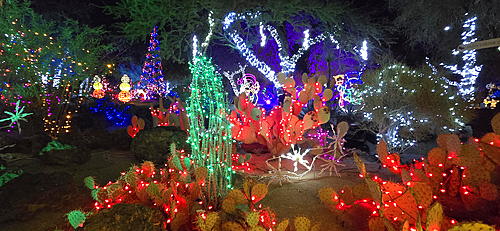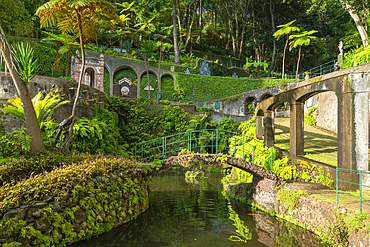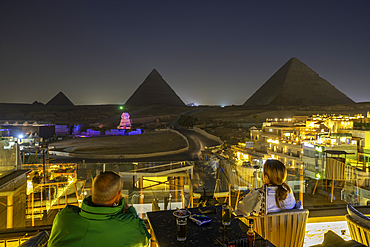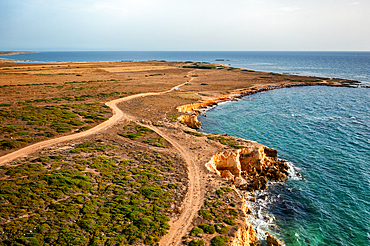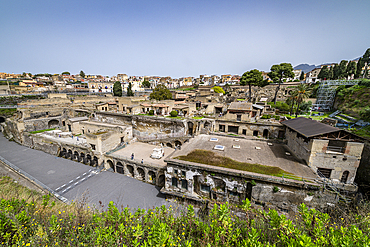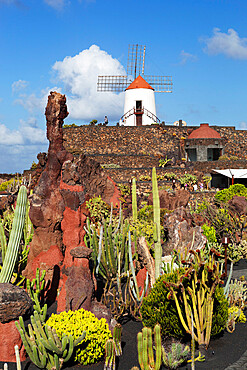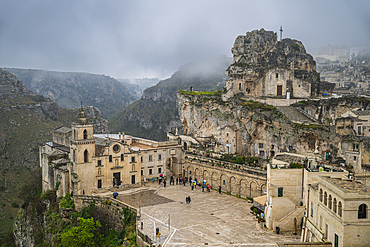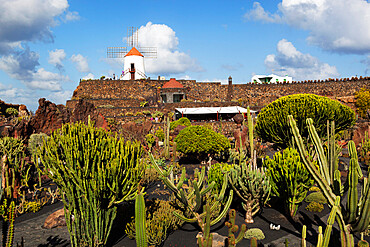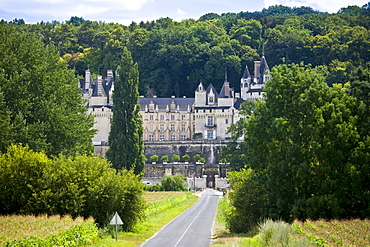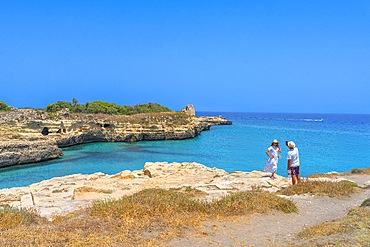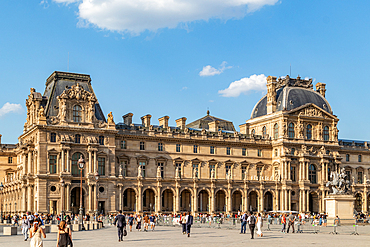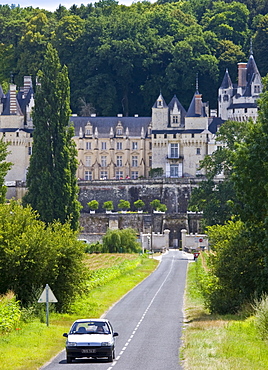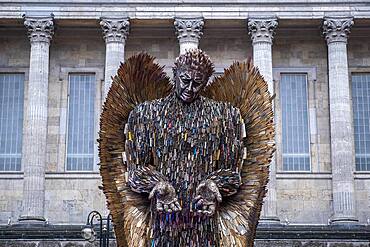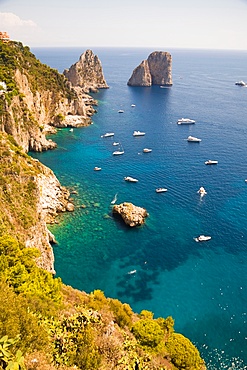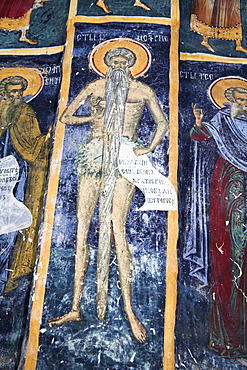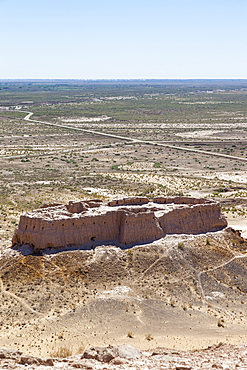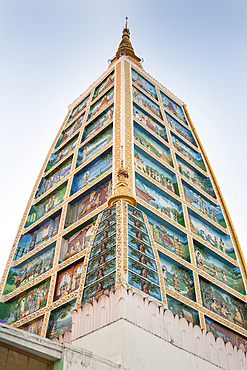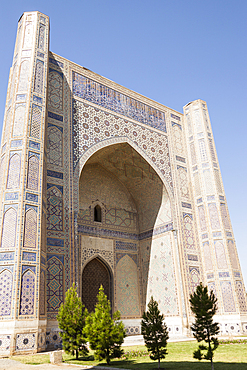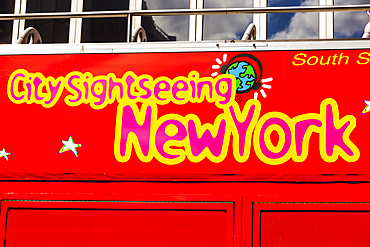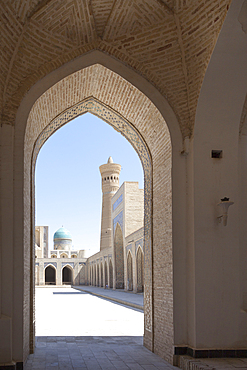Results
« Previous 1 2
128 results found

Christmas Decorations at Battersea Power Station at dusk, Battersea, London, England, United Kingdom.
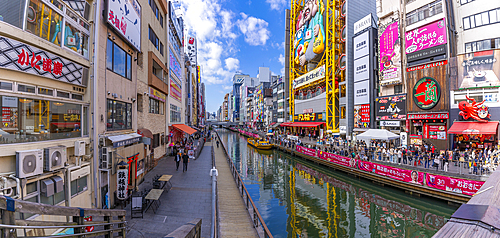
View of restaurants and tour boat in Dotonbori, vibrant entertainment district near the river, Osaka, Honshu, Japan

View of Ebisu Tower Ferris Wheel in Dotonbori, vibrant entertainment district near the river, Osaka, Honshu, Japan
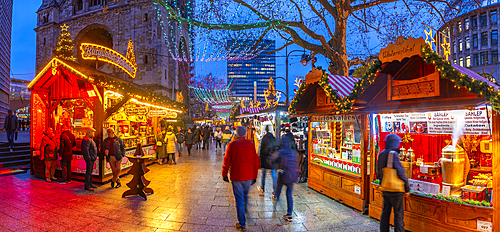
View of Christmas market stalls with Kaiser Wilhelm Memorial Church behind, Breitscheidplatz, Berlin, Germany
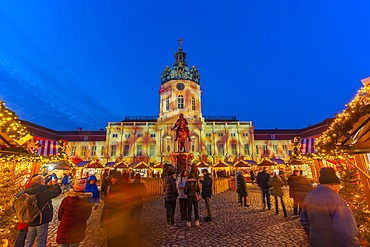
View of Christmas market at Charlottenburg Palace in Schloss Charlottenburg at dusk, Berlin, Germany

View of Christmas market at Charlottenburg Palace in Schloss Charlottenburg at dusk, Berlin, Germany
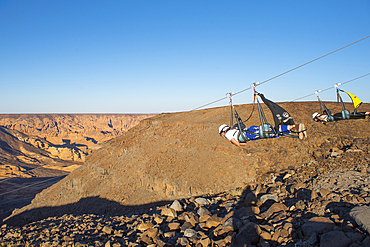
AlUla Zipline, from Harrat volcanic plateau, racing 1.5km at up to 120km/hr, in incredible scenery of the Mountains, Medina Province, Saudi Arabia
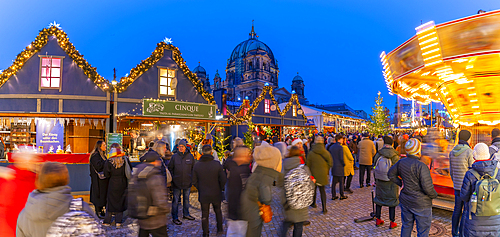
Christmas market stalls in Vorplatz Berliner Schloss at Christmas and Berlin Cathedral in background, Mitte, Berlin, Germany
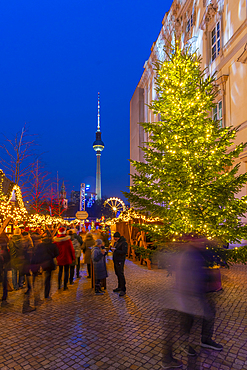
Christmas market stalls in Vorplatz Berliner Schloss at Christmas and Berlin TV Tower in background, Mitte, Berlin, Germany

View of Christian IV statue and Oslo Cathedral at Christmas tree in Stortorvet Square, Oslo, Norway, Scandinavia

Skyline of Singapore Marina Bay at night with Marina Bay Sands and Art Science museum reflecting in a pond after rain, Singapore
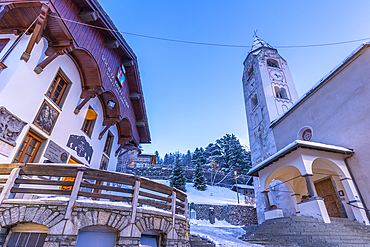
View of Church of Saint Pantalon in Piazza Abbe Henry at dusk, Courmayeur, Aosta Valley, Italian Alps, Italy

The new Valleen lift (cable car) in the alpine village of Saint Gervais les Bains, Haute-Savoie, France
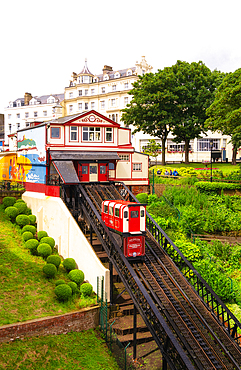
View towards the Central Tramway Company cliff railway, Scarborough, North Yorkshire, England, United Kingdom
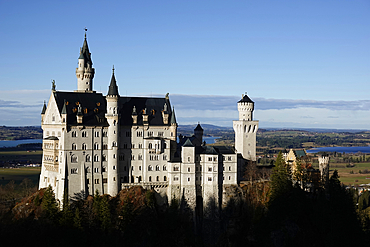
Neuschwanstein Castle, Southern Bavaria. This 19th-century historicist palace is built on a rugged hill of the foothills of the Alps in the very south of Germany and is a UNESCO World Heritage site.

Palace gardens in the Reggia di Caserta (Royal Palace of Caserta), UNESCO World Heritage Site, Campania, Italy, Europe
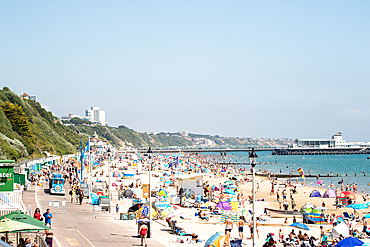
Crowded beach on a sunny day with people sunbathing and swimming, colorful umbrellas, and a pier in the distance in Bournemouth, Dorset, England, United Kingdom, Europe
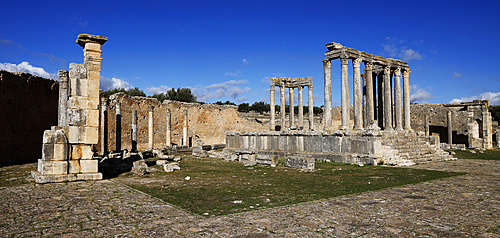
The ruins of the Roman town of Dougga, a UNESCO World Heritage site, valley of Oued Khalled, northwest Tunisia
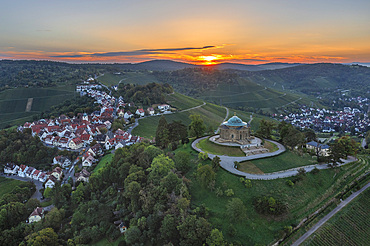
Grabkapelle (Sepulchral Chapel) on Wurttemberg Hill, Stuttgart-Rotenberg, Stuttgart, Baden-Wurttemberg, Germany, Europe

View of Cathedral-Basílica de Santa María de Mallorca, Palma de Mallorca, Majorca, Balearic Islands, Spain, Mediterranean, Europe
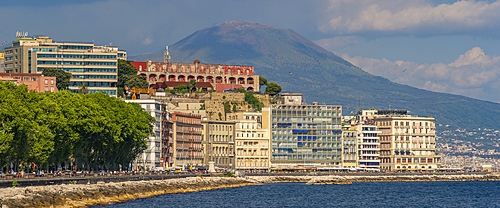
View of pastel coloured architecture, restaurants and cafes on seafront of Via Partenope and Mount Vesuvius, Naples, Campania, Italy, Europe
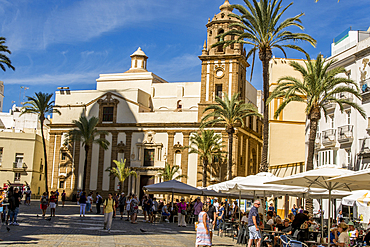
Iglesia de Santiago Apostol (Church of St. James the Apostle), old town, Cadiz, Andalucia, Spain, Europe
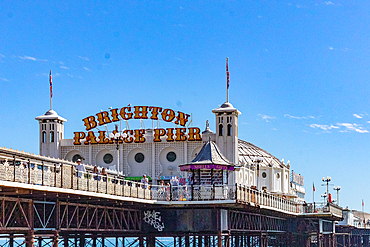
Brighton Palace Pier under clear blue skies, iconic British seaside attraction with amusement arcade, Brighton, Sussex, England, United Kingdom, Europe

Mexican aztec dress gods at Grand Palladium White Sand Resort and Spa in Riviera Maya, Yucatan Peninsula, Quintana Roo, Caribbean Coast, Mexico.
Aztec clothing was generally loose fitting and did not completely cover the body. When the Spanish arrived in Mexico, the people were surprised to see them in their full armour, with only their faces exposed.
Aztec clothes were generally made of cotton (which was imported) or ayate fiber, made from the Maguey Cactus (also called the Century Plant or American Aloe). Women would weave the fibers into clothing, a task girls were taught as young teenagers. Because of their vast trading network, the Aztecs were able to make use of a beautiful array of dyes, creating the brilliant
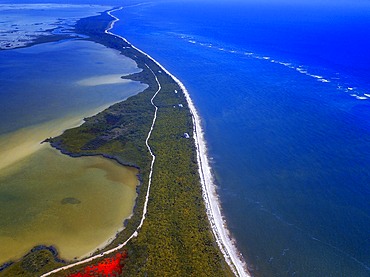
Aerial view of Punta Allen Sian Ka'an Reserve, Yucatan Peninsula, Mexico. Red lagoon near Boca Paila Bridge.
In the language of the Mayan peoples who once inhabited this region, Sian Ka'an means Origin of the Sky. Located on the east coast of the Yucatán peninsula, this biosphere reserve contains tropical forests, mangroves and marshes, as well as a large marine section intersected by a barrier reef. It provides a habitat for a remarkably rich flora and a fauna comprising more than 300 species of birds, as well as a large number of the region's characteristic terrestrial vertebrates, which cohabit in the diverse environment formed by its complex hydrological system.
Along its roughly 120 kilometres of coastline, the property covers over 400,000 hectares of land ranging from sea level to only ten m.a.s.l. The property boasts diverse tropical forests, palm savannah, one of the most pristine wetlands in the region, lagoons, extensive mangrove stands, as well as sandy beaches and dunes. The 120,000 hectares of marine area protect a valuable part of the Mesoamerican Barrier Reef and seagrass beds in the shallow bays. The lush green of the forests and the many shades of blue of the lagoons and the Caribbean Sea under a wide sky offer fascinating visual impressions.
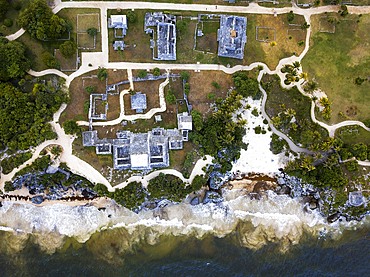
Aerial views of El Castillo and the Ruins of the Mayan temple grounds at Tulum, Quintana Roo, Yucatan, Mexico. Tulum is the site of a pre-Columbian Mayan walled city which served as a major port for Coba, in the Mexican state of Quintana Roo. The ruins are situated on 12 meter 39 ft tall cliffs along the east coast of the Yucatán Peninsula on the Caribbean Sea in the state of Quintana Roo, Mexico. Tulum was one of the last cities built and inhabited by the Maya; it was at its height between the 13th and 15th centuries and managed to survive about 70 years after the Spanish began occupying Mexico. Old World diseases brought by the Spanish settlers appear to have resulted in very high fatalities, disrupting the society, and eventually causing the city to be abandoned.
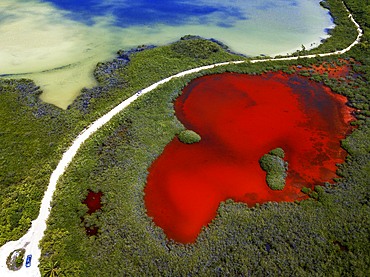
Aerial view of Punta Allen Sian Ka'an Reserve, Yucatan Peninsula, Mexico. Red lagoon near Boca Paila Bridge.
In the language of the Mayan peoples who once inhabited this region, Sian Ka'an means Origin of the Sky. Located on the east coast of the Yucatán peninsula, this biosphere reserve contains tropical forests, mangroves and marshes, as well as a large marine section intersected by a barrier reef. It provides a habitat for a remarkably rich flora and a fauna comprising more than 300 species of birds, as well as a large number of the region's characteristic terrestrial vertebrates, which cohabit in the diverse environment formed by its complex hydrological system.
Along its roughly 120 kilometres of coastline, the property covers over 400,000 hectares of land ranging from sea level to only ten m.a.s.l. The property boasts diverse tropical forests, palm savannah, one of the most pristine wetlands in the region, lagoons, extensive mangrove stands, as well as sandy beaches and dunes. The 120,000 hectares of marine area protect a valuable part of the Mesoamerican Barrier Reef and seagrass beds in the shallow bays. The lush green of the forests and the many shades of blue of the lagoons and the Caribbean Sea under a wide sky offer fascinating visual impressions.

Aerial views of El Castillo and the Ruins of the Mayan temple grounds at Tulum, Quintana Roo, Yucatan, Mexico. Tulum is the site of a pre-Columbian Mayan walled city which served as a major port for Coba, in the Mexican state of Quintana Roo. The ruins are situated on 12 meter 39 ft tall cliffs along the east coast of the Yucatán Peninsula on the Caribbean Sea in the state of Quintana Roo, Mexico. Tulum was one of the last cities built and inhabited by the Maya; it was at its height between the 13th and 15th centuries and managed to survive about 70 years after the Spanish began occupying Mexico. Old World diseases brought by the Spanish settlers appear to have resulted in very high fatalities, disrupting the society, and eventually causing the city to be abandoned.

Swimming at Cenote Ik Kil in Yucatan, Mexico, a natural pit, or sinkhole near Chichen Itza. Yucatan Peninsula, Quintana Roo, Mexico. Ik Kil was sacred to the Mayans who used this cenote for both relaxation and ritual services centuries ago.
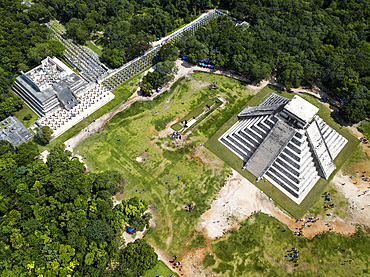
Aerial view of Mayan Ruin of Chichen Itza Archaeological Site Yucatan Peninsula, Quintana Roo, Caribbean Coast, Mexico
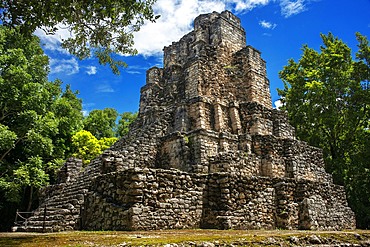
Estructura 8I-13 El Castillo at Chunyaxche Muyil Maya ruins, rainforest near Tulum, Yucatan Peninsula, Quintana Roo, Mexico
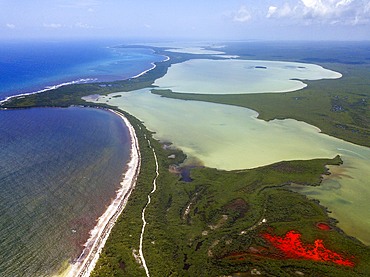
Aerial view of Punta Allen Sian Ka'an Reserve, Yucatan Peninsula, Mexico. Red lagoon near Boca Paila Bridge.
In the language of the Mayan peoples who once inhabited this region, Sian Ka'an means Origin of the Sky. Located on the east coast of the Yucatán peninsula, this biosphere reserve contains tropical forests, mangroves and marshes, as well as a large marine section intersected by a barrier reef. It provides a habitat for a remarkably rich flora and a fauna comprising more than 300 species of birds, as well as a large number of the region's characteristic terrestrial vertebrates, which cohabit in the diverse environment formed by its complex hydrological system.
Along its roughly 120 kilometres of coastline, the property covers over 400,000 hectares of land ranging from sea level to only ten m.a.s.l. The property boasts diverse tropical forests, palm savannah, one of the most pristine wetlands in the region, lagoons, extensive mangrove stands, as well as sandy beaches and dunes. The 120,000 hectares of marine area protect a valuable part of the Mesoamerican Barrier Reef and seagrass beds in the shallow bays. The lush green of the forests and the many shades of blue of the lagoons and the Caribbean Sea under a wide sky offer fascinating visual impressions.
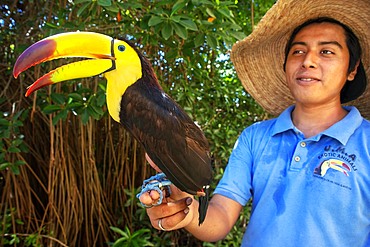
A Mexican staff member holds a tucan at Grand Palladium White Sand Resort and Spa in Riviera Maya, Yucatan Peninsula, Quintana Roo, Caribbean Coast, Mexico
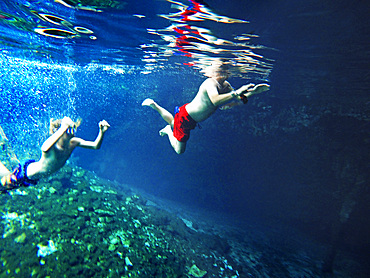
Gran Cenote de Tulum in Yucatan Peninsula, Quintana Roo, Mexico. There are thousands of cenotes dotted all over Mexico���s Yucatan Peninsula, and their existence is as much a defining characteristic of the region as is the distinct geological feature from which they result. Once revered by the ancient Mayans as sacred wells, they are now magnets for tourists, adventurers, and explorers alike.

Mexican aztec dress gods at Grand Palladium White Sand Resort and Spa in Riviera Maya, Yucatan Peninsula, Quintana Roo, Caribbean Coast, Mexico.
Aztec clothing was generally loose fitting and did not completely cover the body. When the Spanish arrived in Mexico, the people were surprised to see them in their full armour, with only their faces exposed.
Aztec clothes were generally made of cotton (which was imported) or ayate fiber, made from the Maguey Cactus (also called the Century Plant or American Aloe). Women would weave the fibers into clothing, a task girls were taught as young teenagers. Because of their vast trading network, the Aztecs were able to make use of a beautiful array of dyes, creating the brilliant

El Castillo, The Pyramid of Kukulkán, is the Most Popular Building in the UNESCO Mayan Ruin of Chichen Itza Archaeological Site Yucatan Peninsula, Quintana Roo, Caribbean Coast, Mexico. Asian tour leder dressed in a maya style.

Colorful Mexican ceramic skulls or calaveras and Frida Kahlo souvenirs in Playa del Carmen, Riviera Maya, Quintana Roo, Mexico
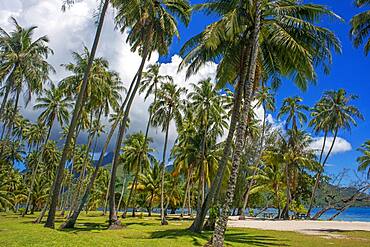
Public beach Opunohu Beach and Ta'ahiamanu beach in Moorea, Cook's Capitan Bay, French Polynesia, Society Islands, South Pacific.

Volley in th beach of motu Tevairoa island, a little islet in the lagoon of Bora Bora, Society Islands, French Polynesia, South Pacific.
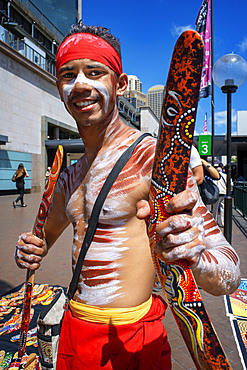
Australian Aboriginal dressed man selling boomerangs in The Rocks area at Circular Quay in Sydney New South Wales, Australia

Chicken with potatoes and beetroot. Typical dish of Tyrolean cuisine. Fischerhäusl Restaurant on 8 Herrengasse Street. Innsbruck Tyrol Austria
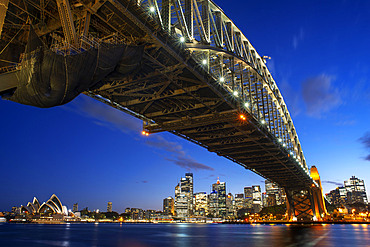
Side view of Sydney Harbour bridge Opera House and city CBD at sunset. Illuminated arch of the bridge reflecting in blurred waters Sydney, New South Wales, Australia
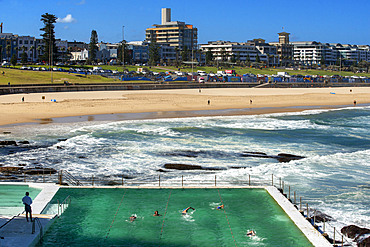
Bondi Icebergs swimming pool, Bondi Beach, Sydney, New South Wales, Australia. The Bondi beach to Coogee walk is a coastal walk in Sydney New South Wales, Australia
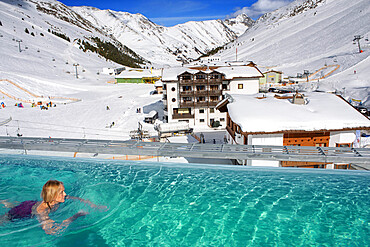
Kuhtai sky resort village and ski slopes near Innsbruck Tyrol Austria. Swimming pool of the Mooshaus Hotel.

Side view of Sydney Harbour bridge architectural landmark and city at sunset. Illuminated arch of the bridge reflecting in blurred waters Sydney, New South Wales, Australia
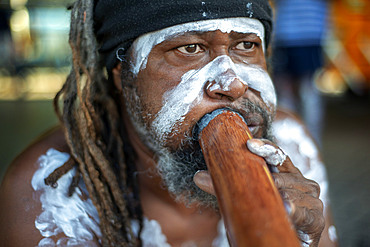
Australian Aboriginal dressed man selling music cd in The Rocks area at Circular Quay in Sydney New South Wales, Australia
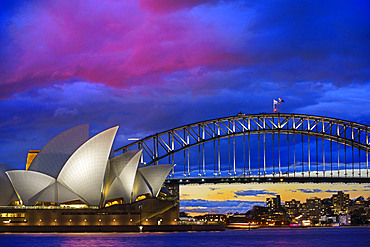
World famous Sydney Opera House and Harbour bridge at sunset. Blurred clouds and lights of landmarks reflect in blurred waters of Harbour. Sydney, New South Wales, Australia
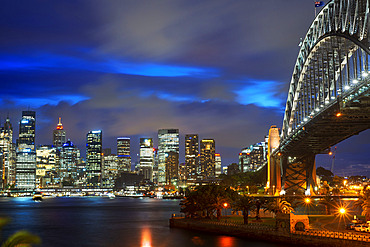
Side view of Sydney Harbour bridge architectural landmark and city at sunset. Illuminated arch of the bridge reflecting in blurred waters Sydney, New South Wales, Australia

Sulamani Temple, on left, taken from Pyathatgyi Temple which is also known as Pyathadar Temple, Bagan, Myanmar, (Burma)
